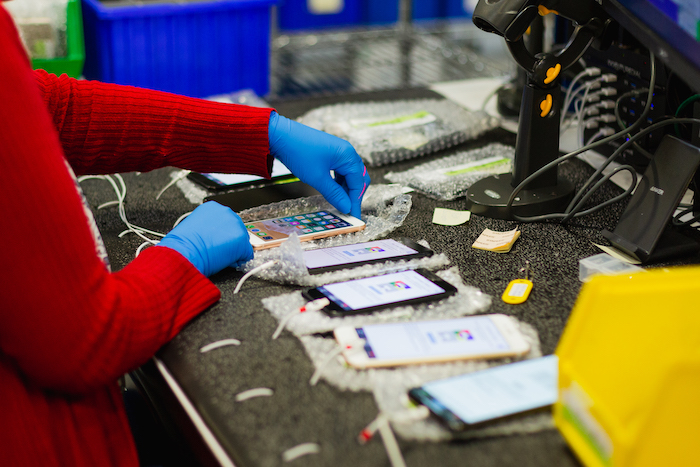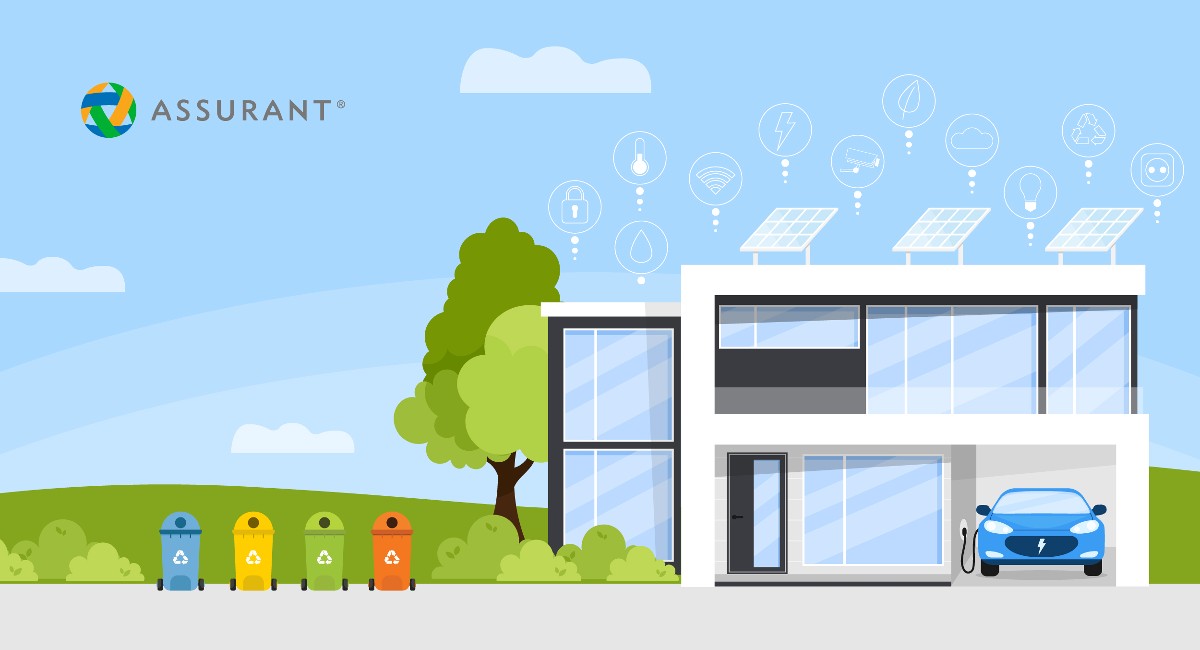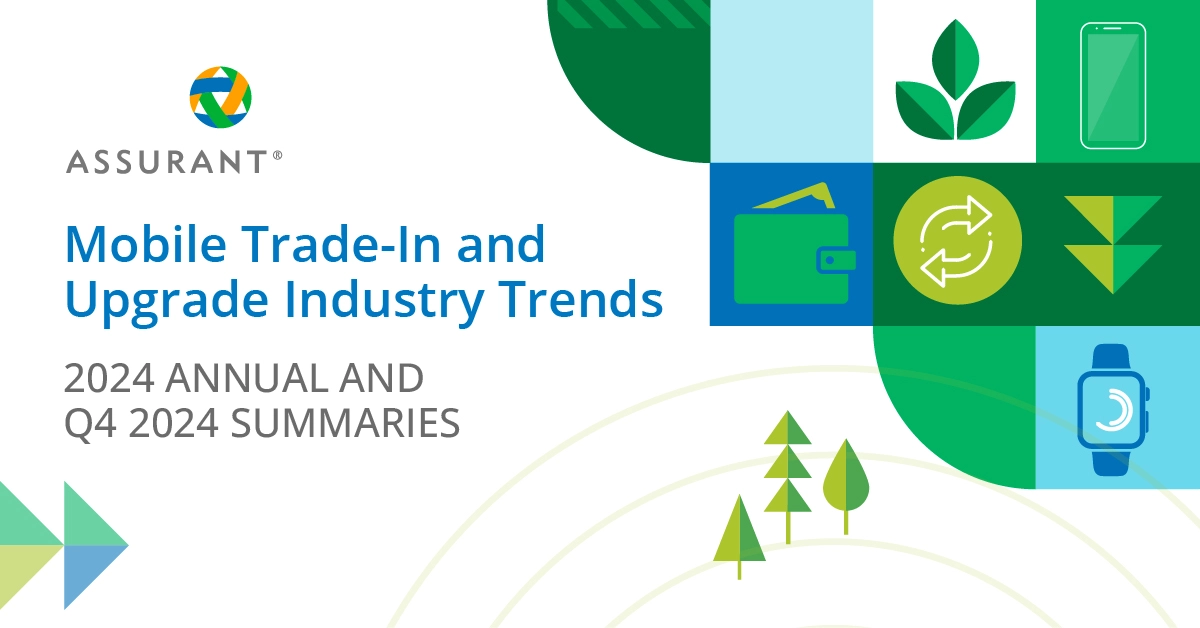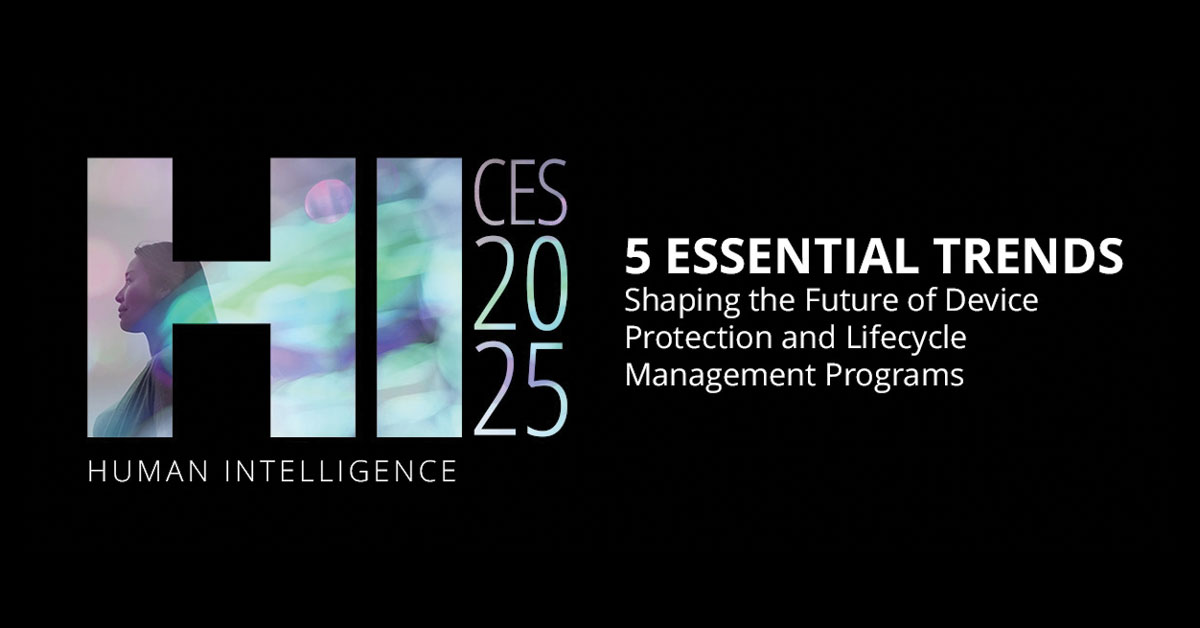The long-awaited promise of the smart home is finally on the way to becoming a reality. Spurred by the pandemic and the need to work and learn from home, more people are buying connected products for necessity and convenience. Advances in 5G and other technologies are likely to further spur the growth of new connected devices in the home.
While these are great catalysts, there is the question of how to responsibly sustain this growth as people begin to replace older electronics with newer models. What happens to the used products when customers buy a new model?
The smartphone industry can offer some lessons as it has faced similar challenges. Many people keep their old smartphone as a backup in case their new product malfunctions, is misplaced or stolen. This results in the device being placed in a drawer and forgotten, and then eventually thrown into a landfill where the batteries and other parts can harm the environment.
Environmental impact of used products increasingly is becoming important to consumers. Consumer research by Assurant shows that 85% of smartphone owners would have a more positive opinion of a mobile carrier if the company focused on reducing the amount of waste that goes into landfills. Clearly, retailers that can offer a similar commitment stand to increase customer loyalty.
A Comprehensive Solution for Smart Home Growth
Sustainability doesn’t come into play only when a product becomes old. A comprehensive solution starts on the front end when customers start the purchase process and continues through the end of life of the product. It touches on technical support, trade-in offers, upgrade programs, asset disposition capabilities and recycling.
For any connected product, providing a premium support experience is vital in today’s world. When looking at services that positively impact purchase intent, Assurant research shows that between 2019 and 2021 consumer desire for tech support jumped 44%, reflecting the need for help with installing, connecting and using connected products.
But support can also be an entryway to a better environmental outcome. Knowing what existing connected products are in the home, and which ones are malfunctioning or becoming out of date, can lead to providing guidance on what to replace and a trade-in offer for the used devices.
In the wireless industry, trade-in programs are proving to be a great incentive to upgrade smartphones as it makes purchasing new devices more affordable. They can also give consumer electronics a second or third life, providing connectivity to many around the world who may not otherwise be able to afford it, while reducing e-waste.
These programs can handle a variety of consumer electronics including tablets, hearables, wearables, smart hubs, laptops or video game systems. Knowing the right way to optimize a trade-in program, though, is vital to unlocking the potential for success.
According to Assurant research, the majority (71%) of smartphone owners that have traded in their mobile device in the past were motivated by the value offered for their device. Relatedly, 76% of those who did not trade-in their device said they weren’t given the option to trade-in (39%) or the value offered wasn’t significant enough (37%).
Determining the right value to offer for a used device is best done by leveraging machine learning with real-time data to create an effective pricing engine that works at the point of sale, providing an offer at a price point that is compelling enough to stimulate trade-in while maintaining margins.
Another factor that can impact trade-in activity is consumer awareness of what happens to their traded-in product. Three quarters (75%) of consumers would be likely to trade in their device if they knew it would be properly reused or recycled, and 64% would accept a lower amount than originally expected.
Once a consumer accepts a trade-in offer, asset recovery programs can find new users for the products, creating additional revenue streams. Using an efficient reverse logistics platform, retailers can resell the traded-in products in secondary markets quickly to maximize value and avoid depreciation.

End-of-life devices that cannot be reused or resold can be recycled. Over time, the results of these efforts can be significant.
For example, between 2009-2021 Assurant’s collective sustainability efforts resulted in:
- 20,412 metric tons of e-waste redirected from landfills
- 100 million mobile devices repurposed for extended use
- 1.5 million devices recycled with precious metals extracted
- Improved connectivity of tens of millions of people
- Offset CO2 emissions for 5.5 million metric tons
Just as the average mobile phone owner will not use the same device indefinitely, the same is likely to be true of connected home products. Each connected product that is discarded in the trash is a missed opportunity to generate positive outcomes for both the environment and your business.






